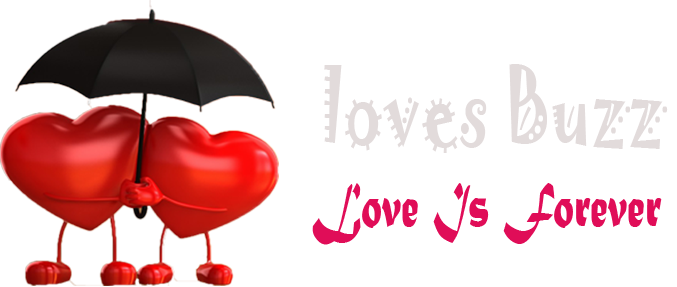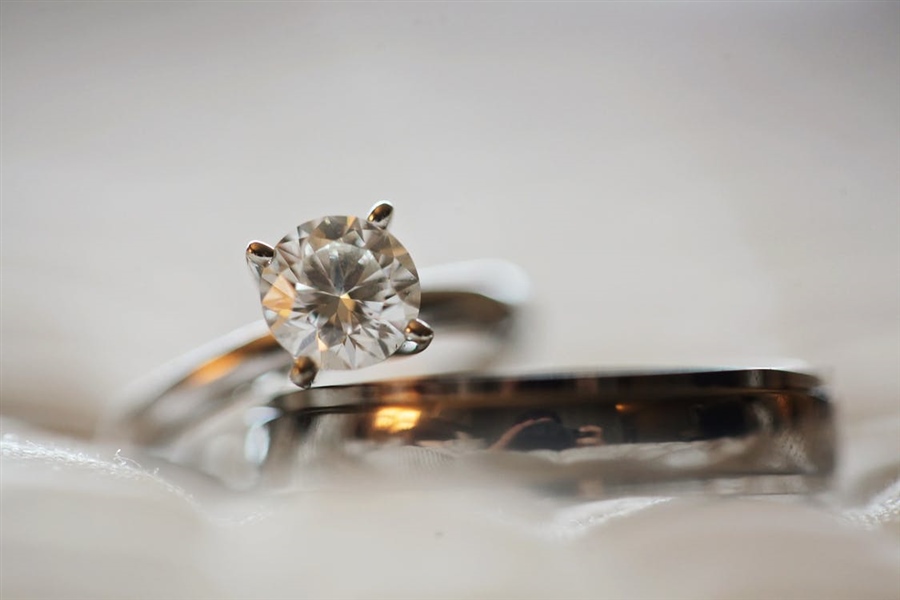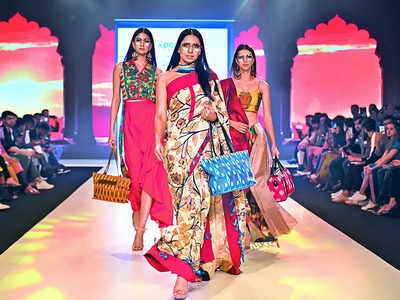A Timeless Expression of Identity and Culture

Fashion is not merely about clothing; it’s a form of self-expression, a reflection of culture, and a canvas for creativity. From ancient civilizations to modern-day runways, fashion fleemanforsheriff.com has played a pivotal role in shaping societies and individuals alike.
Table of Contents
Introduction to Fashion
Fashion, at its core, is the art of dressing oneself in a manner that reflects current trends, personal style, and cultural influences. It encompasses clothing, accessories, hairstyles, and even body modifications. Throughout history, fashion has been used to signify status, express identity, and communicate social messages.
The Influence of Fashion Icons
One cannot discuss fashion without acknowledging the influence of icons and trendsetters. From Coco Chanel revolutionizing women’s fashion to the modern-day reign of influencers like Kylie Jenner, fashion icons shape trends and inspire millions worldwide.
Key Elements of Fashion
Clothing styles, accessories, footwear, and hairstyles are the building blocks of fashion. Each element contributes to the overall aesthetic and serves as a means of self-expression.
Fashion Trends Through the Decades
Fashion is a reflection of its time. The roaring 1920s brought flapper dresses and Art Deco influences, while the rebellious 1960s embraced miniskirts and psychedelic prints. Each decade has its own signature style, influenced by socio-economic factors and cultural movements.
The Globalization of Fashion
In today’s interconnected world, fashion knows no boundaries. Trends spread rapidly across continents, thanks to globalization and digitalization. International fashion weeks serve as platforms for designers from diverse backgrounds to showcase their creations.
The Role of Technology in Fashion
Technology has revolutionized the fashion industry, from the way garments are designed to how they are marketed and sold. Virtual fashion shows, 3D printing, and sustainable textile innovations are reshaping the landscape of fashion.
Fashion and Identity
Fashion is deeply intertwined with identity. It allows individuals to express their personalities, beliefs, and aspirations. Subcultures often develop their own unique styles, serving as a form of belonging and self-identification.
The Business of Fashion
Behind the glamour of the runway lies a multi-billion dollar industry. Fashion encompasses a wide range of careers, from designers and stylists to marketers and entrepreneurs. However, it also faces challenges such as fast fashion’s environmental impact and labor rights issues.
Fashion and Sustainability
With growing environmental concerns, the fashion industry is undergoing a paradigm shift towards sustainability. Consumers are increasingly opting for eco-friendly and ethical fashion choices, driving brands to embrace transparency and accountability.
Fashion in Pop Culture
Fashion’s influence extends beyond the runway, permeating movies, music, and social media. From Audrey Hepburn’s iconic little black dress in “Breakfast at Tiffany’s” to Lady Gaga’s avant-garde fashion statements, pop culture and fashion are intertwined.
Fashion and Body Positivity
The fashion industry has historically perpetuated narrow beauty standards, but there’s a growing movement towards inclusivity and body positivity. Brands are embracing diversity and featuring models of all shapes, sizes, and backgrounds.
The Future of Fashion
As we look ahead, technology will continue to shape the future of fashion, with virtual reality experiences and AI-driven design tools becoming commonplace. Sustainable practices will become the norm, and fashion will continue to evolve as a reflection of society’s values and aspirations.
Conclusion
Fashion is more than just clothing; it’s a language of its own, speaking volumes about identity, culture, and creativity. As we navigate the ever-changing landscape of fashion, let us celebrate its diversity and embrace its power to inspire and unite.






